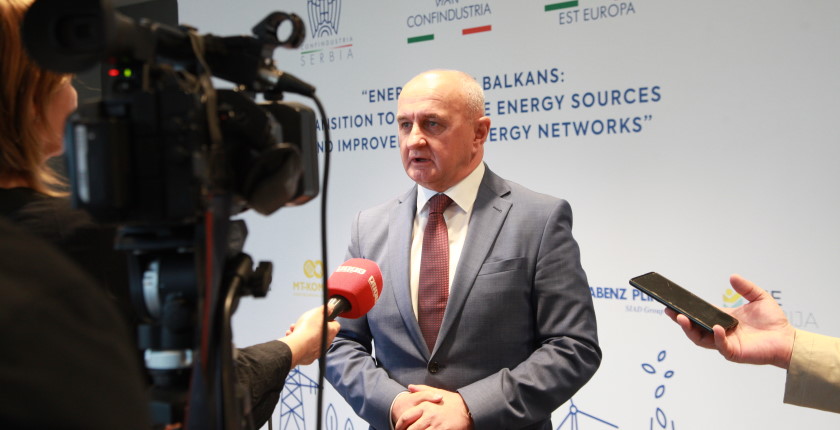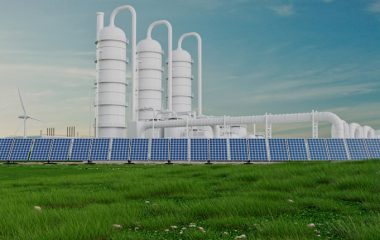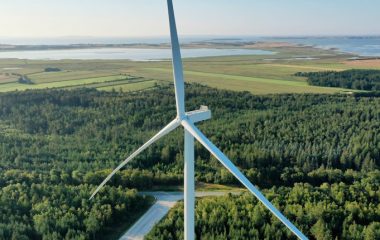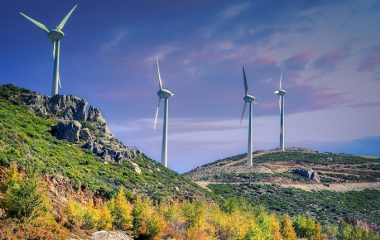
Photo: Miroslava Simić Kocić / Confindustria Serbia
Share
The Republic of Srpska is exporting 35% of the electricity it produces and it will use the proceeds to promote the prosumer concept, Minister of Energy and Mining Petar Đokić said. In his words, the current renewable energy projects of 700 MW in total will be completed within five years.
Minister of Energy and Mining of the Republic of Srpska said the combined capacity of the contracted hydropower, wind and solar park projects and those under construction is 700 MW and that they are worth EUR 1.1 billion. They can all be finished in the next five years, he told the audience at Confindustria’s conference in Belgrade entitled ‘Energy in the Balkans: Transition to Renewable Energy Sources and Improvement of Energy Networks’.
The Republic of Srpska, one of the two entities that make up Bosnia and Herzegovina, is exporting as much as 35% of the electricity it produces and, thanks to high market prices amid the energy crisis, it will use the proceeds to subsidize rooftop photovoltaics on residential buildings and promote energy communities of small producers, Đokić stressed.
Republic of Srpska expects help from EU for decarbonization
The Republic of Srpska added 110 MW of capacity with it 39 small hydropower plants and another 25 MW from solar energy, the minister underscored. The said renewable energy projects will paint a completely different picture of the energy sector, Đokić asserted.
The entity government is committed to the decarbonization process but it is lacking funds now and expecting the European Union to help it, he pointed out. Đokić said the current legislative framework both in the Republic of Srpska and in BiH protects foreign investments.
Auctions for incentives to be announced
The Republic of Srpska is preparing to offer incentives through auctions and it will determine available funds on an annual level, the minister said. However, in his words, support is not even necessary given the market prices of electricity now and there is great interest among investors.
On the other hand, producing power in coal-fired thermal power plants has become extremely expensive, Petar Đokić said and pointed to the rise in maintenance and refurbishment costs. The biggest project underway is for hydropower plant Dabar, with 150 MW in planned capacity, the minister noted, adding that the works on the Gornja Drina system are ongoing and that it should have an overall capacity of 90 MW.Re









Be the first one to comment on this article.